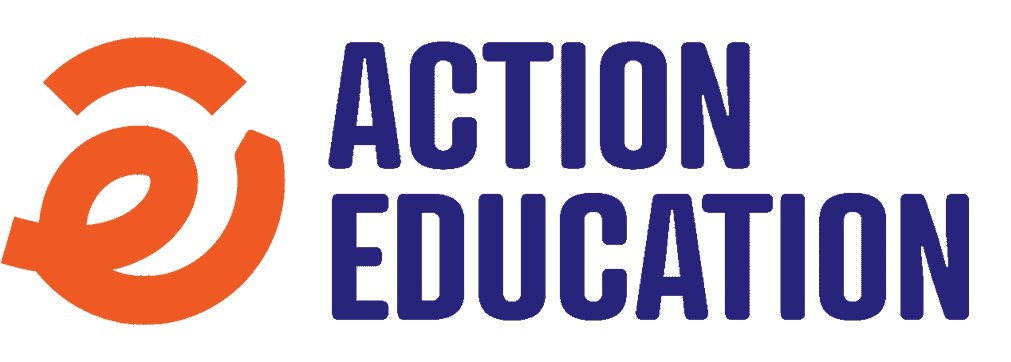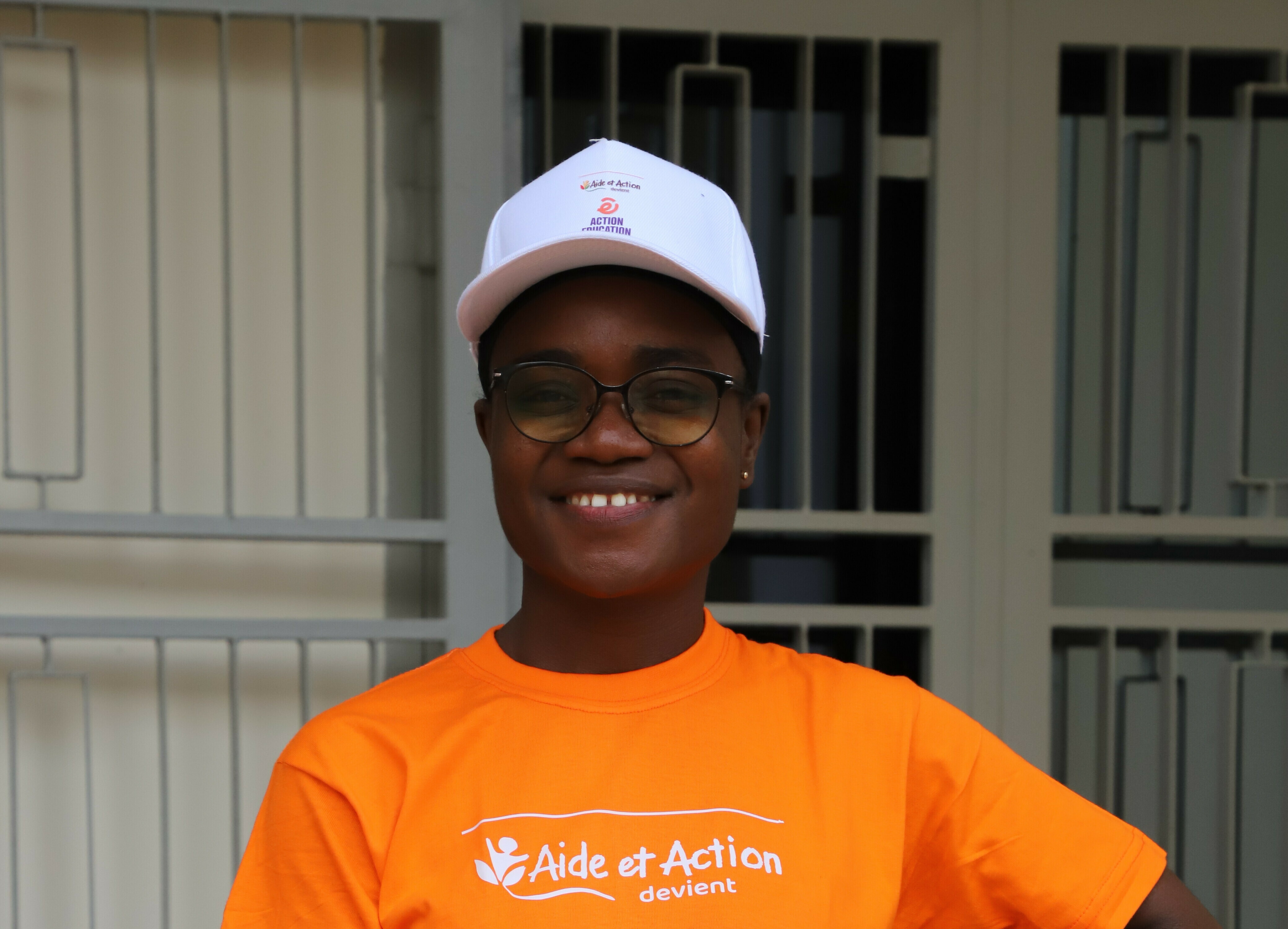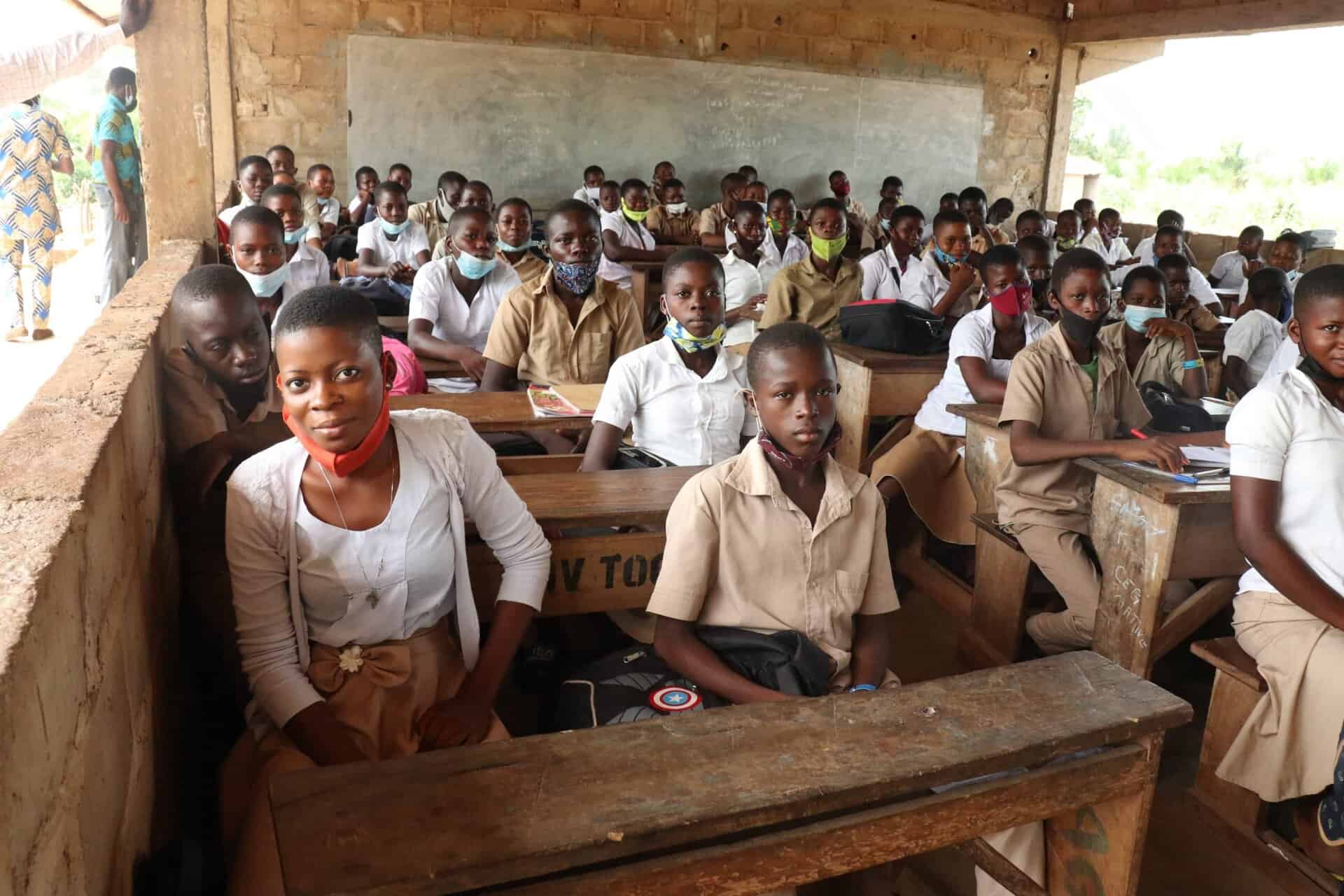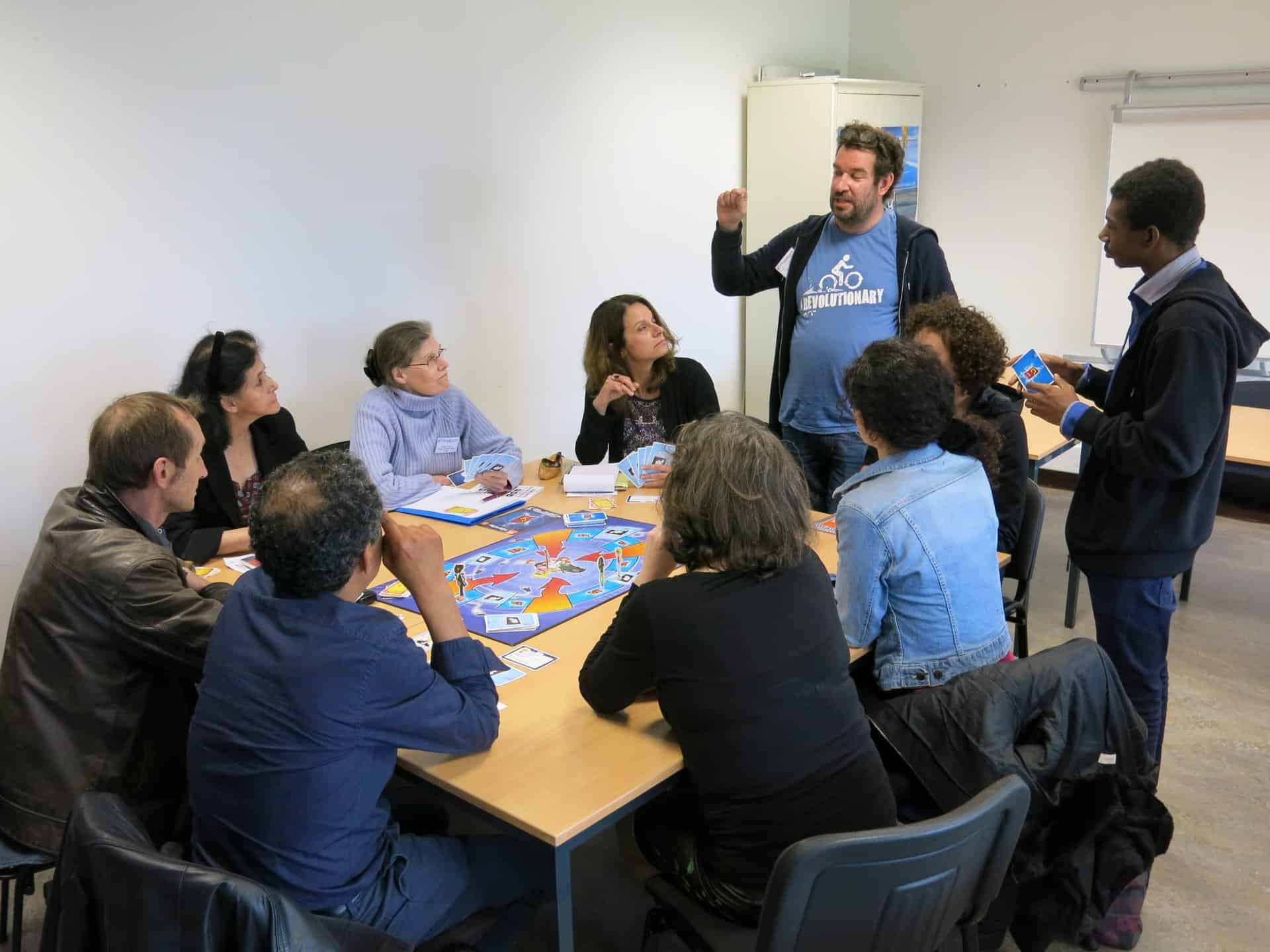Photo credit: Matthew Dakin
During the COVID-19 pandemic, the need for broadband Internet has become unquestionable as it provides unprecedented ways to study, work and socialise online. But in Southeast Asia, Laos is lagging behind, jeopardising education and threatening the country's development.
In the small rural village of KohnKaen in Vientiane province, home to about 1,400 mainly ethnic minority residents, internet access and recently arrived smartphones are welcome.
Ten-year-old Mai borrows her parents' smartphone whenever she can to listen to English music even though she doesn't yet understand the words. At just 10 years old, Mai is already thinking about her and her family's future and how English might enable her to leave her village and travel to neighbouring countries such as Thailand or Vietnam to support her family.
By the end of 2019, when the COVID-19 crisis was beginning to unfold, 2.3 billion people were using the internet in the Asia-Pacific region. While the region leads in global indicators such as social media and messaging, there are still many gaps within countries such as Laos in terms of basic internet access, speed and cost. Disparities also exist along economic, geographic and gender lines.
Mai is one of the few children in her school who has access to the internet via her parents' smartphone. According to the World Bank, in almost every respect, Laos lags far behind other comparable regional economies in terms of accessibility, quality and affordability of services.
While 81% of the county's population subscribes to basic mobile services, only 39% of the population are reported to be Internet users and less than 2% of the country's households have access to the Internet at home according to the latest government survey of social indicators.
Communities need improved and affordable connectivity
While neighbouring countries, such as Cambodia, deployed radio-based distance learning programmes for students without Internet access during the COVID-19 forced school closures, students in rural Laos, like Mai's classmates, were largely excluded from education. For people living in rural areas without roads, access to distance learning and technology was even more out of reach - only 0.3% of households had access to the Internet at home, 2% had a computer, 49% had a television and 15% had a radio.
SomBat Xongyer, a primary school headmaster in NamLao village, Meun district, Vientiane province, says schools like his need support not only in terms of improved and affordable connectivity, but also basic training in the use of digital technologies. Government statistics show that in rural Laos, only 7% of people aged 15-49 have used a computer and less than 20% have ever used the Internet. "When the schools closed, we gave homework to our students, but we did not follow up until they reopened months later. Even now, we still do not offer any online learning to our students. I don't know how to teach online, we don't have enough technological equipment and I don't know how to use it either "says the director.
A recent policy brief issued by the United Nations Development Programme (UNDP) indicates that the three months of school closures in Laos are directly linked to the 2.6% decline in its Human Development Index in 2020. The index measures key dimensions of human development in three areas - life expectancy, access to education and gross national income per capita.
The decline in Lao PDR's Human Development Index is attributable to two main factors - a sharp drop in the education index of 7.77%, due to school closures (approximately 56 calendar school days) exacerbated by poor internet connectivity. However, as the COVID-19 pandemic pushes governments, civil society organisations, UN agencies and others to explore the socio-economic impacts on populations, opportunities arise to reduce inequalities in the future and prioritise areas that have so far been largely neglected in key policy making.
More resilient, inclusive and sustainable education systems
To mark this year's International Education Day, there is a global focus on strengthening international collaboration and solidarity to place education at the heart of post-COVID-19 recovery. This year's theme "Restoring and Reinvigorating Education for the COVID-19 Generation" positions the crisis as a wake-up call, inviting education systems to become more resilient to the crisis and also more inclusive, flexible and sustainable.
In the COVID-19 education response plan, developed by the Lao Ministry of Education and Sports (MoES) in August 2020 with the support of UNICEF and in collaboration with other NGOs and UN agencies, the following needs were identified: a digital platform to host all online courses, specific applications and enhanced access to TV, radio, YouTube channels, etc.
But, according to Vithanya Noonan, Country Director of Aide et Action in Laos, bridging the digital divide between privileged and poor families involves more than providing access to smartphones, tablets or computers. It requires strong investment and collaboration from the government in developing programmes, training and more.
" Specific teaching methods and materials would need to be developed according to the grades and subjects of the national curriculum. There should also be coordination with the government to ensure the expansion of a sufficient Internet signal to cover rural and remote areas to match the investment in educational development "explains Vithanya.
A top priority in this context
This lack of accessibility and availability means that the majority of schools and teachers in rural Laos still rely on their mobile phones for internet access, which is fragmented at best. At PhuPhieng Primary School in Feuang district, Vientiane province, teacher Keryang Upoa and her colleagues received new equipment (computers, tablets and a projector) and training in new technologies from Aide et Action two years ago, but when the schools closed last March, online learning was still out of reach. "E-learning is not appropriate here as most students do not have access to the Internet"says Keryang.
Leng Thao, deputy of PhuPhieng village, said the community's lack of reliable internet also meant that there was a lack of access to reliable information during a critical period. "Internet access is very difficult for our community. Firstly, we are in such a remote area that the internet is slow and sometimes only available in certain places. Secondly, many people only use it to play games or watch movies and do not know how to use it in a useful way [to access information]. "
According to the World Bank, improving policies related to new technologies, with a particular focus on broadband connectivity, increasing investment in this area by strengthening public and private partnerships, and connecting the rural population are the main priorities of the government's Vision 2030, but the progress made to date remains to be seen.
In partnership with the Ministry of Education and Sports, the Information and Communication Technology Centre, the Research Institute for Educational Sciences and the National University of Laos, Aide et Action piloted a learning application (available via Google Play) for kindergarten and primary school students in April 2020. The development of the application is ongoing and for organisations such as Aide et Action, the commitment to equip schools and mobile libraries with equipment such as tablets and low-cost computers, and to provide appropriate training to teachers will be the top priority for 2021.
As COVID-19 reverses recent progress in areas such as poverty and education and reduces the human development index in Laos, it is imperative to bridge the digital divide to ensure access to education and a more equitable distribution of digital opportunities by location, gender, socio-economic status and age.






